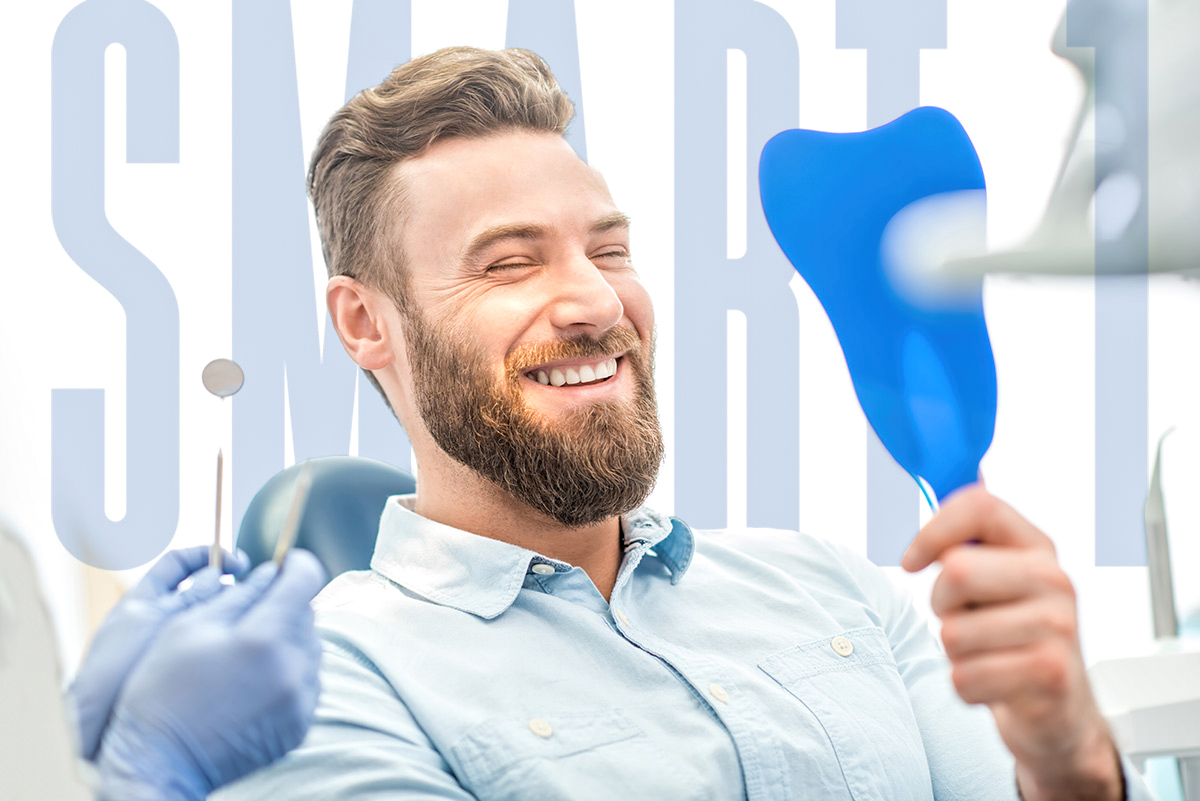John I. Ingle’s Legacy
DR.JOHN I. INGLE, DDS, MSD
1919 – 2017
Dr. Ingle was born in 1919 in Colville, Washington. His career in dentistry and endodontics spanned more than 6 decades, beginning with dental school at Northwestern University in Chicago, which he completed in 1942, just in time to join the United States Army Air Corps during World War II. After serving the country for 4 years in the military, Dr. Ingle began a long and distinguished career in dental education. He accepted an offer to teach periodontics at the University of Washington in Seattle.
However, Dr. Ingle was interested in both periodontics and the new emerging field of root canal therapy—endodontics. Because of that interest, he was sent to the University of Michigan, where he earned a graduate degree in both periodontics and endodontics in 1948. He returned to Seattle to teach both disciplines. He subsequently earned certification from both the American Board of Periodontics and the American Board of Endodontics.
Establishing the first endodontic specialty program on the West Coast in 1959, Dr. Ingle was involved in the education of many endodontists who followed in his path of endodontic education. He took great pride in inspiring others to become engaged in teaching endodontics. After 16 years of teaching at the University of Washington, Dr. Ingle moved to Los Angeles, California to assume the position of Dean of the School of Dentistry at the University of Southern California, which allowed him to become involved in the expanding endodontic community in Southern California.
Dr. Ingle’s interest in endodontics covered all aspects of the discipline, including the instruments used for root canal treatment, the outcomes of treatment, the dissemination of information, and the participation in activities of the specialty. Frustrated with the lack of standardization of root canal instruments, Dr. Ingle tried to interest dental companies in developing a worldwide standard for the size and shape of endodontic files and reamers. In the United States, nonmetric measurements were used while in the rest of the world the metric system was in use. In addition, each manufacturer had its own standards for sizes and shapes of instruments. In an attempt to raise an interest in the problem, Dr. Ingle published a paper pointing out the need for standardization of instruments and following intensive research he developed the standardization system in 1957, the 0.2 taper and metric measurements. This system is still in use today.
The precision in design and manufacturing of endodontic instruments that Dr. Ingle’s innovation created so early in the history of endodontics is today taken for granted. It illustrates how he would identify a problem and work hard to find a solution. His constant search for solutions to treatment problems made him open to accepting many innovations in techniques and instruments and he ensured they were described in his textbooks. While root canal therapy probably originated in the mid-1800s, the treatment of teeth with root canal infections was set back when, in the early 1900s, the focal infection theory put a roadblock in the path of such treatments. It took the efforts of pioneers such as Dr. Ingle to change the attitudes of many in the dental and medical professions. Even in the 1950s, endodontics was not widely accepted and questions were raised about the success and the safety of such treatment.
Along with pioneers such as Dr. Larz Strindberg in Sweden, Dr. Ingle conducted outcomes research that enabled to describe important clinical and radiographic factors associated with the success and failure of root canal treatment. It soon became known as the “Washington Study”. Its importance was not only because it demonstrated a high success rate in root canal treatment, but it also identified the causes of failures: poorly performed treatment procedures. The conclusion was that root canal therapy could be successful if properly done. Thus, the classic “Washington Study” has taken its place in the history of important contributions to endodontics.
One of Dr. Ingle’s passions in life was to disseminate information on all aspects of endodontics. That led to the publication of a milestone in endodontic textbooks – Ingle’s Endodontics, the first edition of which was published in 1965. Ingle’s Endodontics gained notice as soon as it was published. The bright yellow-colored book (a color suggested by his wife, Joyce) was an innovative textbook for its day, and its 9”x11” size was unique for medical texts at that time. In addition to the superb illustrations, it contained full-size plates of access preparations. It soon became a textbook that inspired many dentists to pursue endodontics as a specialty and has been a model for other books to follow.
In recognition of his many contributions to our specialty, Dr. Ingle received the American Association of Endodontists’s (AAE) Ralph F. Sommer Award in 1987 and the Edgar D. Coolidge Award, the AAE’s highest honor, in 1999. The Sommer Award had a special meaning for Dr. Ingle in that Dr. Sommer had been one of his teachers at the University of Michigan. In 2015, the AAE General Assembly, at the Annual Session, honored Dr. Ingle with a special recognition for his contributions to endodontics. He was also honored by many other international organizations.
Dr. Ingle’s interests were also directed more broadly. After completing six years as Dean of the School of Dentistry at the University of Southern California, he was honored to be appointed Senior Staff Officer to the Institute of Medicine in the National Academy of Sciences in 1972.
The words “icon,” “legend,” and “giant” are often overused, and Dr. John I. Ingle would not have wished to be described in such terms. He would likely have been pleased to be remembered as a mentor, a teacher, and a friend to numerous colleagues in the United States and abroad, having had a lasting impact on the lives and careers of dental professionals and endodontists worldwide.














